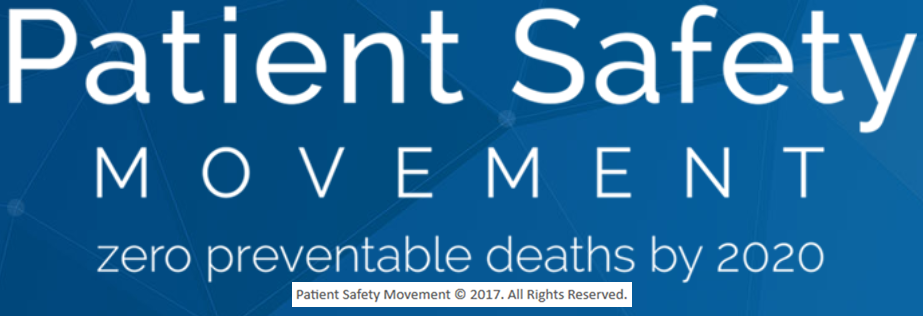
N.B. — This post is based on one of the continuously expanding roster of Actionable Patient Safety Solutions (APSS) a.k.a. “Challenges” as defined and described by the Patient Safety Movement Foundation (PSMF) and published at its web site (http://patientsafetymovement.org/challenges-solutions/actionable-patient-safety-solutions-apss/). Because the Foundation has set a goal of Zero Preventable Patient Deaths by 2020 (http://patientsafetymovement.org/), these APSS are understood to represent the most significant patient safety exposures created by medical mistakes, and medical mistakes are the third most frequent cause of patient deaths following heart disease and cancer (http://www.bmj.com/content/353/bmj.i2139).
“Opioid-induced respiratory depression is a leading cause of preventable patient death and serious patient harm events. Hospital leadership must understand, appreciate and commit to eliminating these events. Implementing an effective program to reduce opioid-induced respiratory depression will require an implementation plan to complete the following actionable steps:
- Implement continuous electronic monitoring on all floors where patients are being administered opioids and are in bed.
- Monitoring should consist of a minimum SET (Measure Through Motion and Low Perfusion) pulse oximetry with a central telemetry station; direct communication to the nurse on her “smart phone” is preferred.
- Patients receiving supplemental oxygen should also have ventilation monitored (e.g. capnography or acoustic rate monitoring).
- Set respiratory rate alarms to minimize alarm fatigue (e.g. 6 breaths per minute at the low end and 30 breaths per minute at the high end, with a 30 sec delay and a 15 sec notification delay.)
- A rapid response notification system should be in place to alert staff if the patient is deteriorating. A plan for escalation of rapid response alarm to another staff member should also be in place.
- Hospital governance should commit to a plan that includes:
- Reviewing all reported preventable patient deaths and serious patient harm events over the previous 24 months where opioids were involved and may have contributed to the preventable event. A review of all previous closed malpractice claims related to opioid-induced respiratory depression should also be undertaken.
- Identifying and prioritizing common contributing factors from those serious preventable events.
- Identifying continuous electronic monitoring technologies that notify staff of significant changes in a patient’s respiratory condition which includes a rapid response approach that ensures appropriate interventions are initiated in a timely manner.
- Providing the resources necessary to implement the chosen plan.
- Identifying a hospital “champion” who will be accountable for successful implementation, education and evaluation of the chosen plan.
- Developing an educational plan for all staff, patients and family members that shares common contributing factors leading to opioid-induced respiratory depression as well as the implementation plan that strives to eliminate current risks associated with opioids.
- Continuing to report and assess both near misses and patient harm events for additional learning opportunities and improvement.”
The foregoing quote constitutes the “Executive Summary Checklist” from the above-captioned PSMF APSS Challenge #4 (http://patientsafetymovement.org/challenge/failure-to-rescue-monitoring-for-opioid-induced-respiratory-depression/). The included bullet points are empirically based and appropriate, but the “continuous” requirement associated with most exceed clinical cognitive capacity and/or economic feasibility and/or feature/function capacity of installed a.k.a. “legacy” IT applications such as electronic health records (EHR) systems. These are the opportunities for a CHARTSaaS reference architecture-compatible solution to reliably mitigate mistakes and to save lives. Please validate this proposition to your own satisfaction by reviewing the details of the Cloud Healthcare Appliance Real-Time Solution as a Service (CHARTSaaS) and its reference architecture in these presentations, and then by imagining a CHARTSaaS-enabled IT solution: